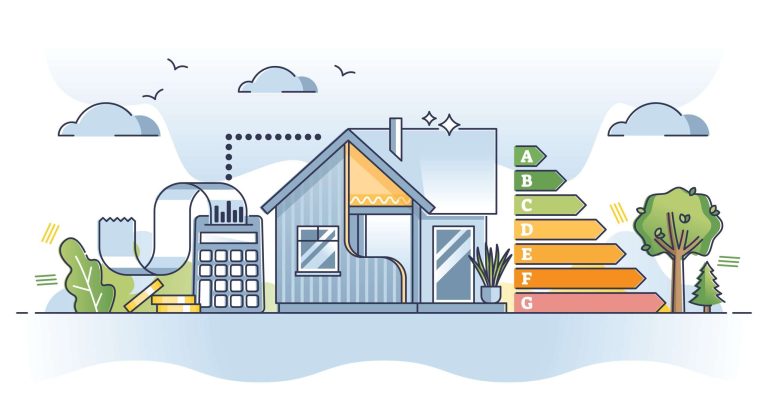Commercial construction requires materials that are strong, efficient, and cost-effective. Builders need options that help them complete projects on time while maintaining quality. Egger boards have become a preferred choice because they are both reliable and easy to use. These engineered wood panels provide several benefits that contribute to the durability and longevity of buildings. Understanding these advantages can help construction professionals make informed decisions. Strong and Long-Lasting Egger boards are built to withstand heavy use, which makes them ideal for commercial buildings. They are manufactured with dense wood fibers and resins that prevent bending, swelling, or shrinking. As a result, they offer greater durability than regular plywood, even in demanding conditions. In addition to their strength, Egger boards have excellent moisture resistance. Many commercial buildings experience humidity levels that can weaken certain materials over time. However, moisture-resistant Egger boards can withstand damp conditions without deterioration to ensure that the building structure remains intact for years. Cost-Effective and Easy to Install Budget constraints often play a significant role in construction projects. So, it’s essential to choose durable materials that balance cost and quality. Egger boards are a cost-effective alternative to premium plywood while still offering excellent performance. Their manufacturing process maximizes the use of raw materials, which keeps production costs low and makes them an economical option. Another advantage of Egger boards is their ease of installation. Their uniform surface allows for precise cutting and fitting. This reduces material waste and simplifies the construction process. Since they are quick to install, labor costs are lower, and project timelines can be shortened without compromising quality. For projects that require specific dimensions, getting an Egger board cut to size ensures an even better fit, reducing unnecessary adjustments on-site and improving overall efficiency. An Environmentally Friendly Option Sustainability is an increasing priority in the construction industry. Many companies aim to use materials that are both eco-friendly and high-performing. Egger boards meet these expectations as they are made from responsibly sourced wood and produced using environmentally conscious methods. These boards also contribute to reducing a building’s environmental impact. Their long lifespan minimizes the need for replacements, lowering material consumption over time. Additionally, many Egger boards are recyclable, which makes them an excellent choice for projects seeking sustainability certifications. Versatile for Multiple Applications Egger boards can be used in various aspects of commercial construction, which makes them a versatile building material. Some common applications include: This adaptability simplifies construction planning, as builders can rely on one base material for multiple purposes rather than sourcing different products for each need. Enhanced Fire Safety Fire safety is a key concern in commercial construction. Many Egger board variants come with fire-resistant properties, which help slow the spread of flames in case of an emergency. This feature makes them a safer choice for walls, flooring, and other essential structural components. Using fire-resistant materials not only enhances safety but also ensures compliance with strict building regulations. Property owners and contractors can have greater confidence in their buildings’ ability to meet industry standards and protect occupants. Minimal Maintenance and Long Lifespan Maintaining commercial buildings can be costly, so choosing low-maintenance materials is beneficial. Egger boards require little upkeep due to their resistance to moisture, scratches, and impact damage. Even in high-traffic areas, they maintain their appearance and structural integrity for years. Because they require fewer repairs, businesses can save money on maintenance and avoid frequent disruptions. A well-maintained space also helps create a professional image, which is important for offices, retail spaces, and hospitality businesses. Aesthetic Appeal and Customization Beyond functionality, commercial spaces need to look visually appealing. Egger boards come in various textures, colors, and finishes, making it easier to achieve a specific design aesthetic. Whether aiming for a modern, industrial, or traditional look, these boards provide flexibility without compromising durability. Custom finishes also allow businesses to create a unique environment that reflects their brand identity. Whether designing a stylish office, a welcoming retail store, or a high-end restaurant, Egger boards offer a combination of strength and style. Conclusion Egger boards are a valuable addition to commercial construction due to their strength, affordability, and sustainability. Their ability to resist moisture, fire, and wear ensures long-lasting performance while keeping maintenance costs low. With their versatility, ease of installation, and aesthetic appeal, they provide an efficient and ideal solution for flooring, walls, furniture, and more. Choosing Egger boards helps builders create durable, efficient, and visually appealing commercial spaces that stand the test of time.














